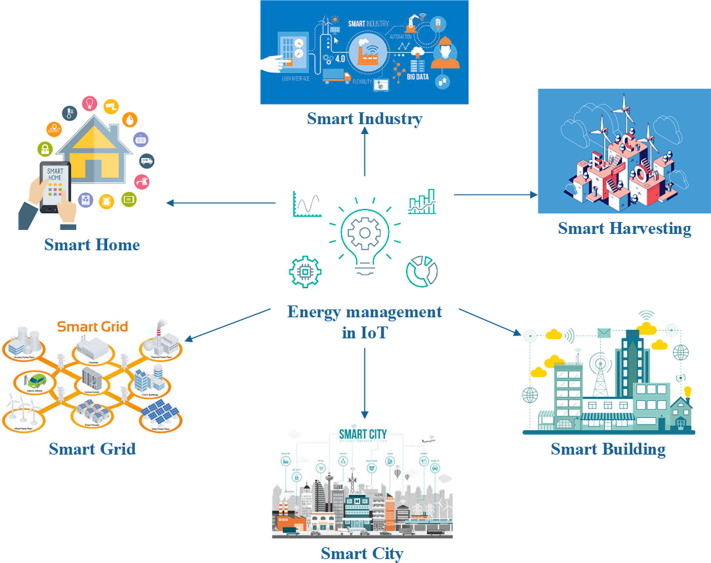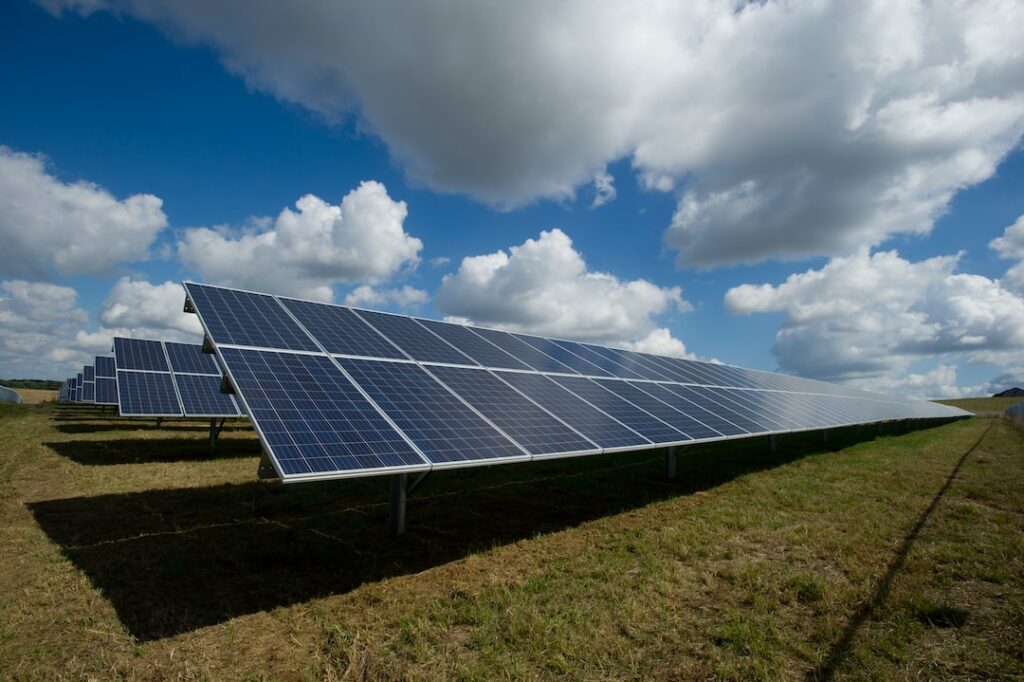The effects of climate change are felt everywhere, and it’s becoming more important than ever to find ways to reduce its impact. The Internet of Things (IoT) is a relatively new technology that can help in this effort. How can IoT help combat climate change?
By leveraging the power of connected devices and sensors, IoT technology has the potential to revolutionize how we approach energy efficiency, transportation, waste management, agriculture/livestock monitoring, and water conservation solutions. These are all critical components in combating global warming.
With so much at stake when it comes to our planet’s future health and well-being, now is the time for us all to consider using IoT technologies as part of a larger effort toward reducing emissions from these areas. So let’s answer together: how can IoT help combat climate change?
Table of Contents
How Can IoT Help Combat Climate Change?
What Is the Internet of Things?
The Internet of Things (IoT) refers to a network of physical objects that are connected to the internet and can communicate with each other. These objects, which range from everyday items such as thermostats and refrigerators to industrial equipment like wind turbines and solar panels, are embedded with sensors, software, actuators, and connectivity capabilities that enable them to collect data about their environment or user behavior.
This data can then be used for various purposes including monitoring energy usage or providing feedback on how efficiently an appliance is running.
Why Is Efficiency Critical for Combating Climate Change?
Efficiency plays a critical role in combating climate change because it helps reduce carbon emissions by using fewer resources while still achieving the same result. By making our homes and businesses more efficient through technologies such as IoT-enabled appliances, we can reduce our overall energy consumption while still maintaining comfort levels.
Additionally, efficiency also helps us save money since less energy means lower bills. This makes it easier for individuals and businesses alike to invest in renewable sources of energy like solar or wind power instead of relying solely on fossil fuels which contribute significantly to global warming.
How Can IoT Reduce the Carbon Footprint of Businesses?
Businesses have a major responsibility when it comes to reducing their carbon footprint due to their large-scale operations which often require high amounts of electricity use.
Through the use of IoT solutions such as smart meters, they can monitor their energy usage in real-time. This allows them to identify areas where they could be more efficient thus reducing their overall emissions output over time without sacrificing productivity or quality control standards.
Additionally, these devices can also help businesses track trends in customer demand so they can adjust production accordingly thereby further decreasing unnecessary wastefulness associated with overproduction or underutilization of resources.
The Role of IoT in Energy Efficiency
The Internet of Things (IoT) is a rapidly growing technology that has the potential to revolutionize energy efficiency. How can IoT help combat climate change? IoT devices can be used to monitor and control energy consumption, allowing for more efficient use of resources.
By connecting physical objects with digital networks, IoT can provide real-time data on how much energy is being consumed and enable users to adjust their usage accordingly.
Automation and Control
One way in harnessing IoT to help improve energy efficiency is through automation and control. Smart thermostats, for example, allow users to set specific temperature levels throughout the day or week depending on when they are in the office or outside of the office.
This helps reduce unnecessary heating and cooling costs by only using as much energy as needed at any given time.
Connected appliances such as refrigerators can be programmed to run during off-peak hours when electricity rates are lower.
Data Analysis and Insights
Another benefit of IoT in terms of energy efficiency lies in its ability to collect large amounts of data about user behavior and preferences. This data can then be analyzed to identify patterns that could lead to improved efficiency measures. Examples are reducing waste or optimizing device settings for maximum performance while minimizing power consumption.
In addition, insights gained from this analysis could help inform decisions about future investments into renewable sources of energy such as solar panels or wind turbines. These would further reduce reliance on traditional forms of power generation like coal plants or nuclear reactors.
Predictive Maintenance
Finally, predictive maintenance enabled by IoT technologies allows businesses and households alike to anticipate problems before they occur. This helps them avoid costly repairs down the line while also improving overall system reliability.
For instance, if an air conditioning unit starts showing signs it may need servicing soon – such as higher than normal temperature readings – it will alert personnel so they can take action before a breakdown occurs resulting in wasted electricity usage due to inefficient operation.

(Source)
The Role of IoT in Transportation
The use of the Internet of Things (IoT) in transportation has been increasing rapidly over the past few years. How can IoT help combat climate change? This technology enables us to monitor, control, and optimize our transportation systems more efficiently than ever before, thus reducing our carbon footprint.
Automated Vehicle Technology
Automated vehicle technology is one way that IoT can be used to reduce carbon emissions from transportation. By using sensors embedded in roads or cars themselves, automated vehicles can detect obstacles on the road ahead and adjust their speed accordingly.
This reduces fuel consumption by eliminating unnecessary acceleration or braking when there is no need for it.
Automated vehicle technology allows for smoother traffic flow which further reduces fuel consumption due to fewer stop-and-go driving patterns.
Connected Infrastructure
Another way that IoT can help reduce carbon emissions from transportation is through connected infrastructure such as smart traffic lights or parking meters.
These devices can collect data about how people move around cities. They then use this information to optimize traffic flow patterns so that drivers spend less time idling at red lights or searching for parking spots.
By reducing these types of delays, we can significantly cut down on wasted fuel and thus lower overall carbon emissions from transportation sources.
Predictive Maintenance
Finally, predictive maintenance enabled by IoT technologies also helps reduce carbon emissions from transportation sources by preventing breakdowns before they occur.
Sensors placed inside vehicles measure various parameters such as engine temperature or tire pressure which enable technicians to identify potential problems before they become serious issues. These issues would require costly repairs or replacement parts which would otherwise lead to increased fuel consumption due to inefficient operation of the vehicle’s components.
The Role of IoT in Reducing Waste
The Internet of Things (IoT) is an emerging technology that has the potential to revolutionize how we manage waste. How can IoT help combat climate change? IoT-enabled devices can be used to track and monitor waste levels, allowing for more efficient collection and disposal processes.
Additionally, they can help identify areas where waste could be reduced or eliminated.
Waste Tracking and Monitoring
IoT-enabled sensors can be placed throughout a facility or on garbage bins to collect data about the amount of trash generated over time. This information can then be analyzed to determine patterns in usage and identify opportunities for improvement.
For example, if a particular area generates significantly more trash than other areas, steps can be taken to reduce consumption there or introduce recycling initiatives instead. By tracking and monitoring waste levels with IoT devices, businesses can make better decisions about their operations while also minimizing their environmental impact.
Automated Collection and Disposal
Another way that IoT is helping reduce waste is through automated collection and disposal systems.
These systems use sensors embedded in garbage cans or dumpsters which alert workers when they need emptying. No time is wasted collecting unnecessary amounts of trash from one location before moving to another one with full containers already waiting for pickup.
This helps ensure that all locations are serviced efficiently while preventing any excess material from ending up in landfills due to missed pickups or inefficient routes.
Smart Recycling Solutions
By implementing smart recycling solutions enabled by IoT technology, businesses can sort recyclable materials automatically without manual intervention from employees at each stage of the process. This saves both time and money as well as reduces contamination rates among different types of materials.
This not only allows companies to track their progress towards sustainability goals such as diverting a certain percentage away from landfills every year. It also provides them with valuable insights into what changes may need implementing to improve performance further down the line.
Conclusion
How can IoT help combat climate change? From energy efficiency and transportation solutions to waste management, IoT can provide real-time data that can help us make more informed decisions about how we use our resources.
With the right strategies in place, IoT can be an effective tool for reducing emissions and creating a healthier environment for all. Ultimately, it is up to us as individuals to take action if we want to see any meaningful progress in combating climate change, But with the help of IoT technology, we have access to powerful tools that can help us make a difference.





